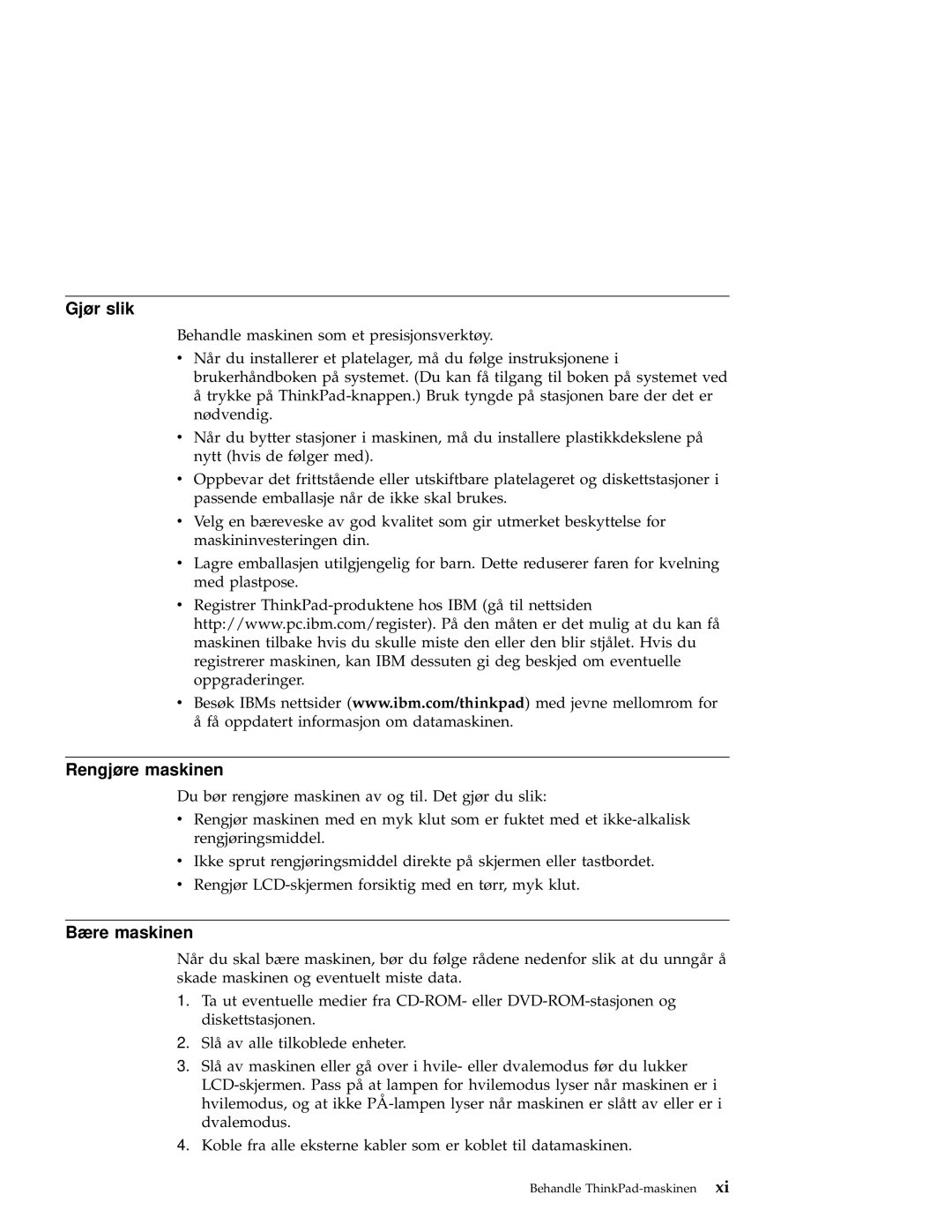1300, 1200 specifications
The IBM 1200 and 1300 series are significant entries within the landscape of data storage and computing technology, recognized for their pioneering features and characteristics that have shaped modern computing infrastructure. Launched in the late 1990s, these systems were designed to address the growing demands for performance, reliability, and scalability in business environments.One of the main features of the IBM 1200 and 1300 series is their superior processing power. With advanced microprocessor technology, these systems were capable of handling complex computations and large-scale transactions, making them ideal for enterprise applications and data-intensive operations. The architecture was built to support multi-tasking and multi-user environments, allowing numerous users to access system resources simultaneously without a noticeable dip in performance.
The technology underpinning the IBM 1200 and 1300 included enhanced memory management systems. These systems utilized extensive amounts of RAM, which allowed for faster data retrieval and processing times. The incorporation of high-speed disk drives and RAID (Redundant Array of Independent Disks) technology ensured data redundancy and improved performance. This combination of features meant that these systems could offer unparalleled reliability and quick access to critical business information.
Another notable characteristic of the IBM 1200 and 1300 series was their emphasis on connectivity and interoperability. These systems were designed to integrate seamlessly with various network architectures, facilitating communication between different platforms and devices. Built-in support for popular networking protocols ensured that businesses could leverage their existing infrastructure while also expanding their capabilities.
Scalability was a key consideration in the design of the IBM 1200 and 1300 series. Organizations could easily upgrade their systems with additional hardware components, enabling them to adapt to growing demands and changing business environments. This feature not only protected their initial investment but also ensured that the systems remained relevant as technology evolved.
Finally, the IBM 1200 and 1300 series embraced robust security features to safeguard sensitive corporate data. With integrated user authentication processes and customizable security settings, businesses could protect themselves from unauthorized access, bolstering their overall data governance strategies.
In summary, the IBM 1200 and 1300 series exemplified technological innovation during their time, featuring high processing capabilities, advanced memory management, reliable data storage technologies, seamless connectivity, scalability, and robust security. These characteristics established them as reliable choices for businesses seeking to enhance their computing power and operational efficiency.

